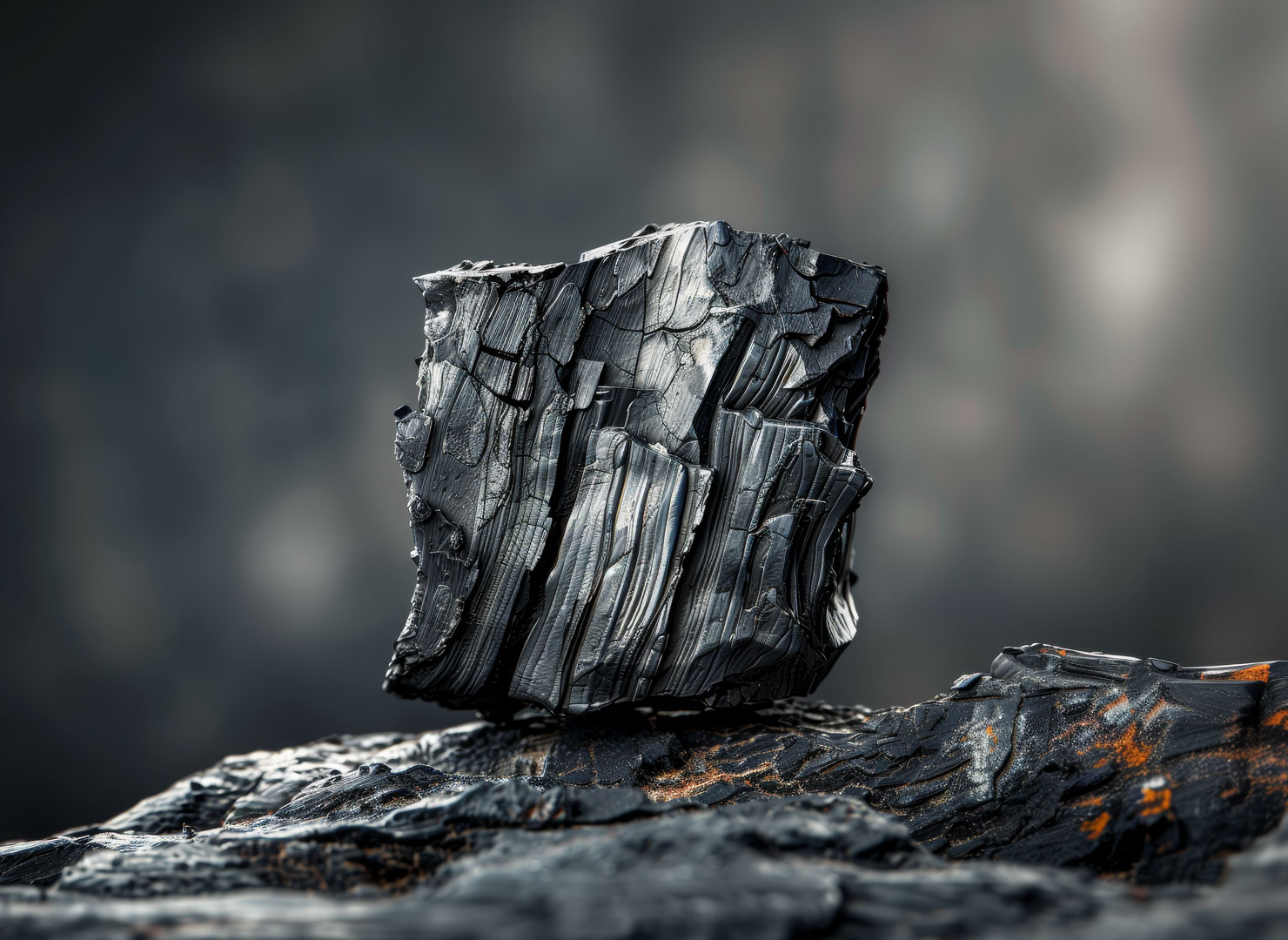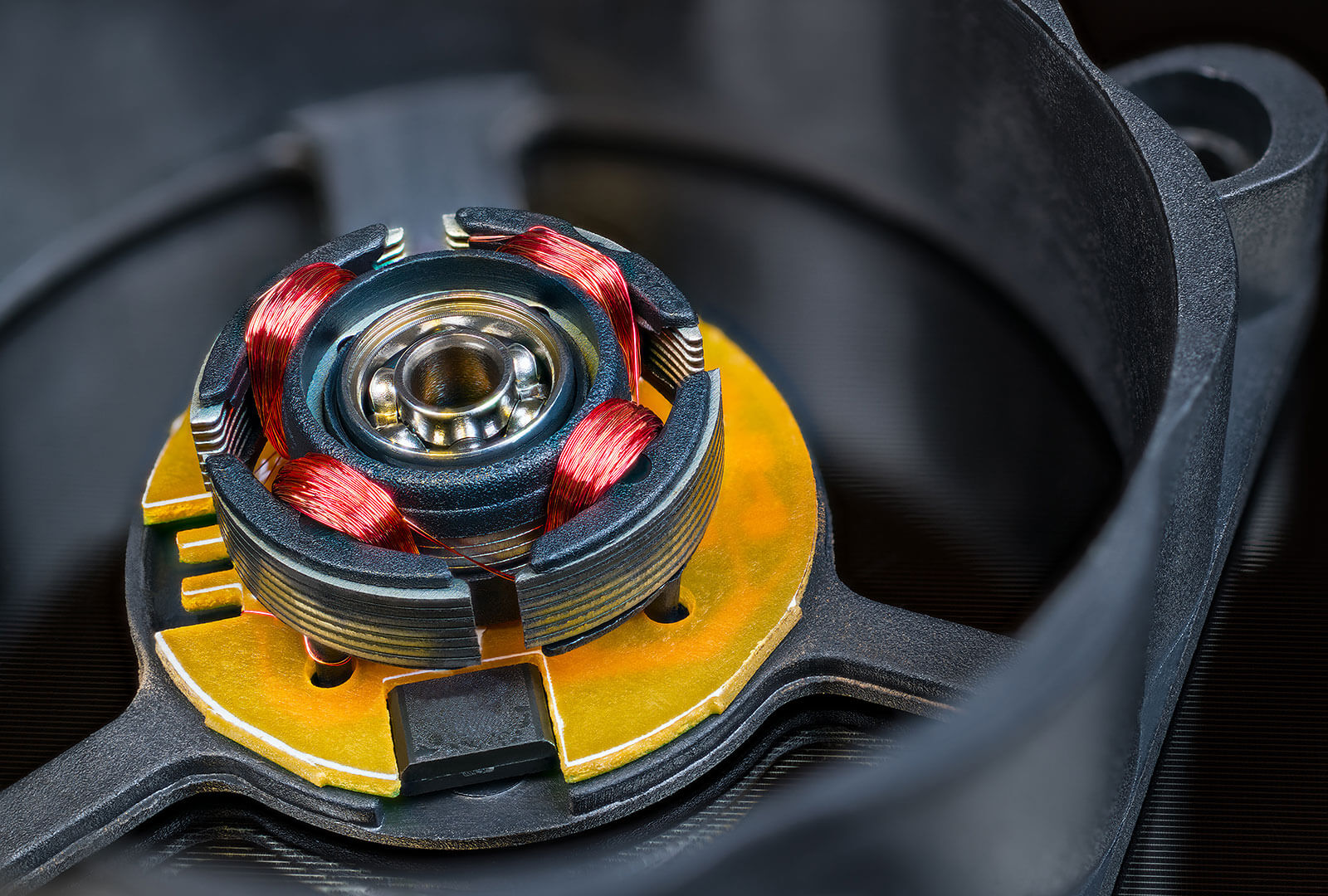The Element Dysprosium
On this page you can find out more about the rare earth element
Name: Dysprosium
Symbol: Dy
Ordinal number: 66
Density: 8,55 g/cm3
Melting point: 1.412 °C
Boiling temperature: 2.562 °C
Dysprosium is one of the lanthanidesA group of 15 elements with chemically very similar properties. in the periodic table.
Introduction
Dysprosium: A Key Element to a Successful Energy and Transportation Transition
Dysprosium belongs to the heavy rare earths group. These are significantly rarer and more complex to produce than light rare earths and, consequently, considerably more expensive. The element is necessary for the world’s transition away from fossil fuels, as it plays an important role as a magnetic material in e-mobility and wind power.

The third stroke of genius by an important French chemist
In Paris in 1886, Paul-Émile Lecoq de Boisbaudran, who discovered gallium in 1875 and samarium in 1879, succeeded in detecting dysprosium in a sample of holmium oxide, which was then still considered a uniform substance. The name of the new element was apt, as it is derived from Greek and means „difficult to access.“ The metal was first obtained in its pure form in the 1950s, thanks to the invention of ion exchange technology.
Main areas of application for dysprosium

The Discoverer of Dysprosium
Paul-Émile Lecoq de Boisbaudran was born in France in 1838. He initially worked in his family’s cognac business but also conducted research in his own laboratory in his spare time from the age of 20. He helped refine spectroscopy, the technique that enabled him to discover four elements, the best known being gallium.
Characteristics
The Highest Magnetic Moment
Dysprosium, in its pure form, is silvery-white and retains its luster at room temperature. It is a relatively soft material and is highly reactive. Dysprosium and holmium, another rare earth element, have the highest magnetic momentThe magnetic moment is a physical property of a particle that describes its magnetic strength and orientation. of all naturally occurring elements.
Areas of Application
Neodymium-Iron-Boron Magnets: Performance Boost From Dysprosium
Dysprosium is used as an alloy component in a range of technologies. These include the permanent magnets used in wind turbine generators and the motors of electric cars. Dysprosium increases the coercivityCoercivity is the ability of a material to retain its magnetic properties when in contact with an opposing magnetic field. of the magnets, which means they retain their adhesive force for longer. The addition of dysprosium also increases the magnet’s usable temperature range. While this is up to 80 degrees Celsius for neodymium-iron-boron magnets, it can be extended to over 200 degrees by adding dysprosium before demagnetization sets in.
In nuclear technology, dysprosium is used in the control rods of nuclear reactors. It is also used in alloys such as terfenol, which is used to manufacture sensors. Dysprosium is also used in the production of laser materials.

Permanent Magnets
Permanent magnets retain their magnetic force without external energy inputs. They are in great demand in areas that require high power density, such as electromobility and wind power. They are the driving force behind many environmentally friendly technologies.
Learn more

Wind Power Technology
Wind turbines use generators to convert wind energy into electricity. Many of these generators use permanent magnets made from rare earths to make the systems powerful, easy to maintain, and quiet. Wind power technology will play a crucial role in a successful energy transition.
Learn more

Electromobility
The beginnings of electromobility date back to the 19th century. Due to the fight against climate change, this technology is experiencing a renaissance and driving demand for powerful magnets that convert electricity into kinetic energy in electric motors.
Learn more

Nuclear Power
Nuclear reactors generate energy by splitting atomic nuclei. Nuclear power is currently making a comeback in many countries. This trend could further increase the demand for rare earths, some of which are used in reactor control rods.
Learn more
Deposits
Dysprosium: High Geographical Concentration
Like the other heavy rare earths, dysprosium mainly comes from ion adsorption clays, found in only a few regions with strong weathering – for example, in southern China and neighboring Myanmar. In contrast to other deposits, the elements are only associated with radioactive elements to a small extent. Rare earths are extracted from the clays by leaching. In subsequent processes, the individual elements are selectively separated using organic solvents. For magnet production, pure dysprosium is extracted using fused-salt electrolysis. This process takes place almost exclusively in China.
The map shows the main regions where heavy rare earths are mined.

Demand Could Increase Sixfold
Dysprosium is classified as a critical raw material by both the European Union and the US. The German Raw Materials Agency (DERA) projects that by 2040, demand for dysprosium will increase to 687 percent of 2018 production of the refined metal due to the element’s use in traction motors for electric cars and wind power. The International Energy Agency (IEA) sees dysprosium and terbium as key elements among the rare earths.
Price Development
The Price of Dysprosium as a Physical Asset
At TRADIUM, private customers can benefit by investing in dysprosium as a physical asset. The following price chart shows the price development of the rare earth metal in its most common trading form. The chart is for information purposes only and does not reflect an offer to purchase.
Here you can find the price charts for other rare earths available as physical assets from TRADIUM.
Raw Materials Trading Industrial Customers
TRADIUM trades in all industrially relevant rare earth oxides. Choose from a wide range of specifications and take advantage of the option to reserve batches for the long term.
Purchase of Physical Assets for Private Customers
Benefit as a private customer from the exciting market for rare earths as a physical asset. You can find out here what opportunities TRADIUM offers and what tax advantages a purchase of raw materials entails.